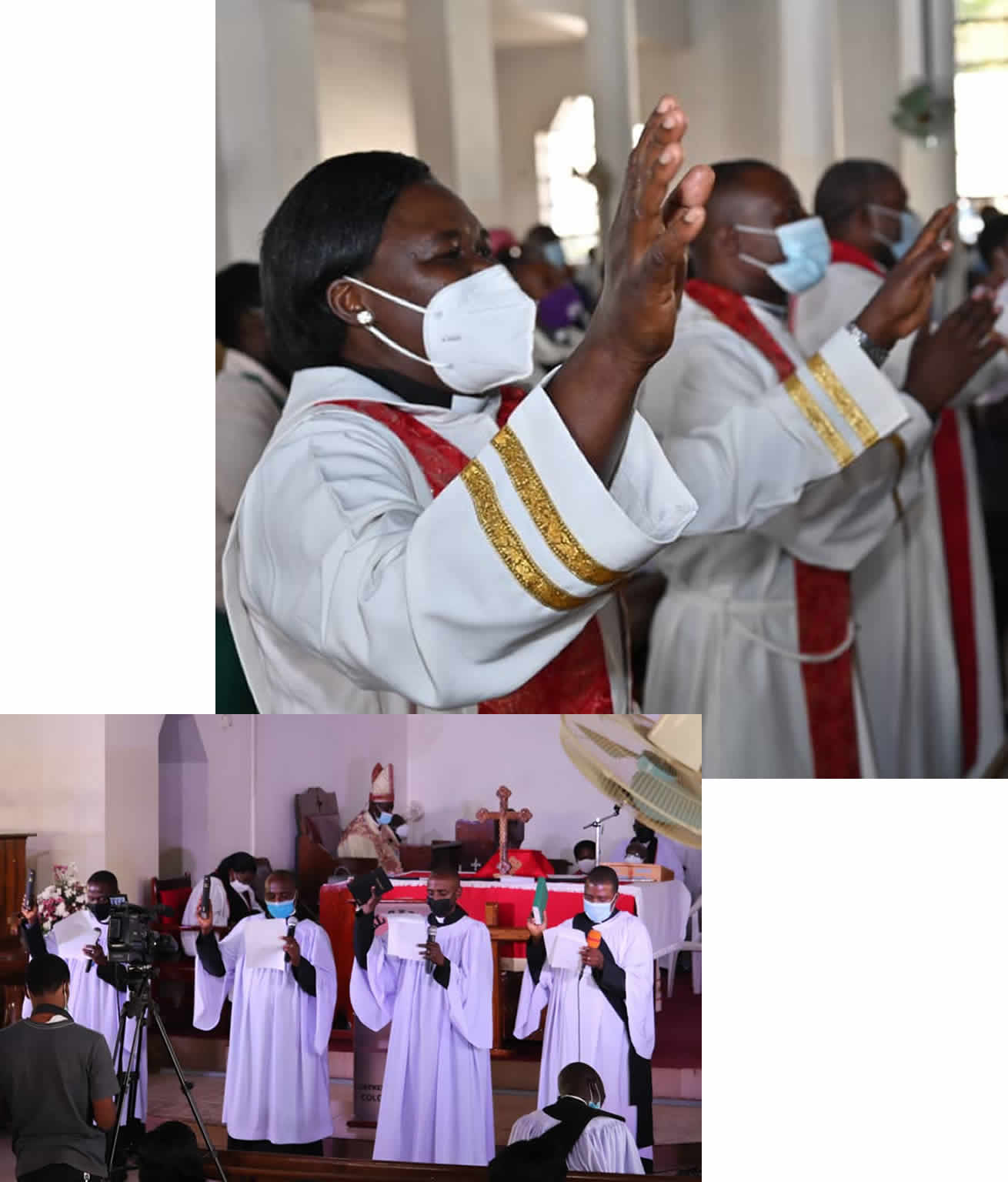
Diocese of Kampala
Founded in 1972 from Namirembe diocese, the Diocesan Bishop of Kampala has always been Archbishop of Uganda.
The Diocese of Kampala (Church of Uganda) has, as its primary functions, the preaching of the Gospel, nurturing of believers, teaching, making disciples, and holistic healing in the power of the Holy Spirit in fulfilment of the Great Commission of our Lord Jesus Christ.
The Diocese of Kampala (Church of Uganda) has, as its primary functions, the preaching of the Gospel, nurturing of believers, teaching, making disciples, and holistic healing in the power of the Holy Spirit in fulfilment of the Great Commission of our Lord Jesus Christ.
Our Vision
A Christ-Centred, Self-Sustaining Church.
Our Mission
To proclaim the Gospel of Jesus Christ in the City of Kampala
